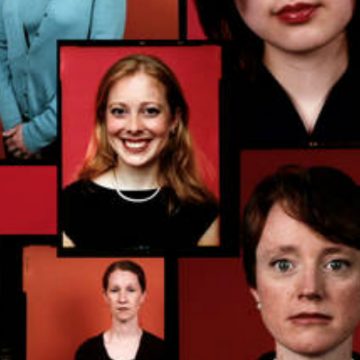Twelve years ago, 21 young women just hired as first-year associates by Debevoise & Plimpton LLP, a large New York law firm, spoke to New York Times magazine about their careers and the future of women in the legal profession.
Their responses reflected optimism and enthusiasm. One woman said, “I don’t think there are things I can’t do.” And another: “I don’t see any obstacles, so if I don’t get to the top it will be because of my own personal choices.”
Captivated by the story at the time, Florence Martin-Kessler, a journalist and documentarian, recently tracked these women down, finding that half of them stayed in private practice, with the rest moving to companies and non-profits.
In a video on the New York Times website published this week, Martin-Kessler interviews five of the 21 women from the original story. Three have left private practice and two, having stayed at Debevoise & Plimpton, are now partners (of about 150 partners at the firm, just 25 are women). Across the U.S., women are at the helm of only four percent of top law firms.
These facts support a well-known storyline: the top tier of private practice remains far more accessible to men than women.
On one hand, women, like men, change careers paths for a variety of reasons, such as family obligations or a desire for stable hours. Still, there is no denying that the disproportionate number of men at the upper reaches of the legal ecosystem affected the thinking of the women in Martin-Kessler’s film.
Consider the example of Melanie Velez. When she left Debevoise & Plimpton and took an 80-percent pay cut to work at the Southern Center for Human Rights, she had an ostensibly simple reason: she wanted to do more pro bono work. On reflection, though, Valez wonders if her decision was more complex than she realized at the time: “If I had seen more women of colour as partners, would that have changed my perspective? I think if you had asked me that question then in 2001, I would have said no. But I think now, in hindsight, the answer would be yes.”
You can watch the entire video at the New York Times website.


